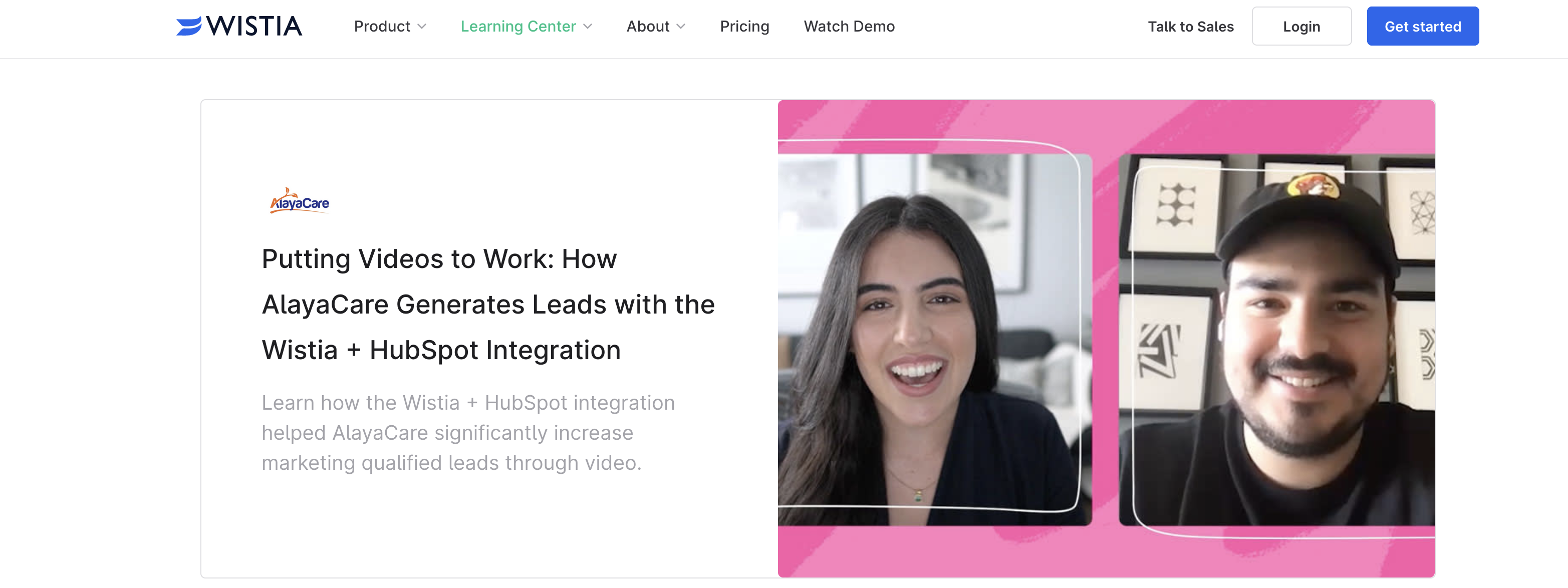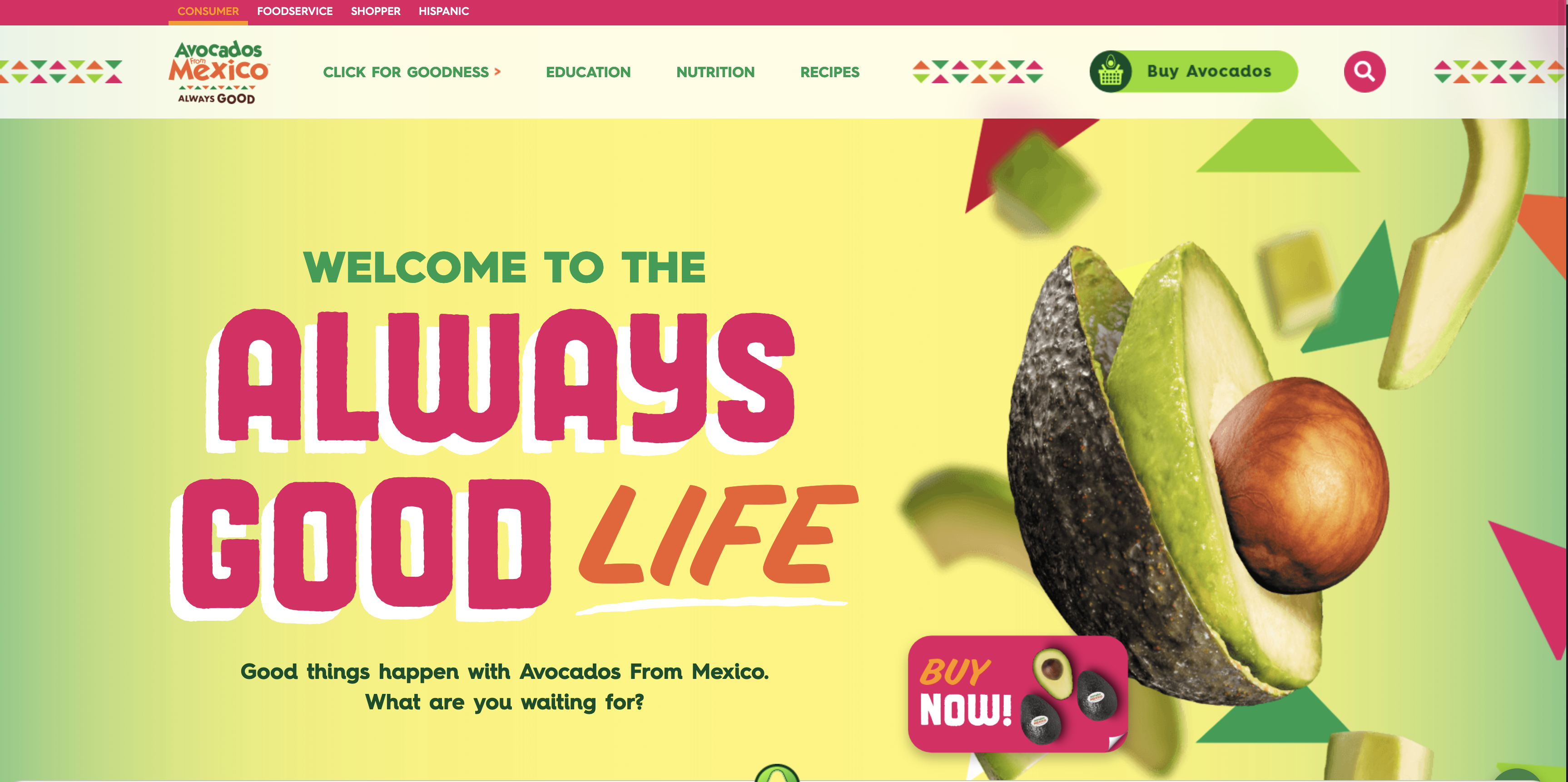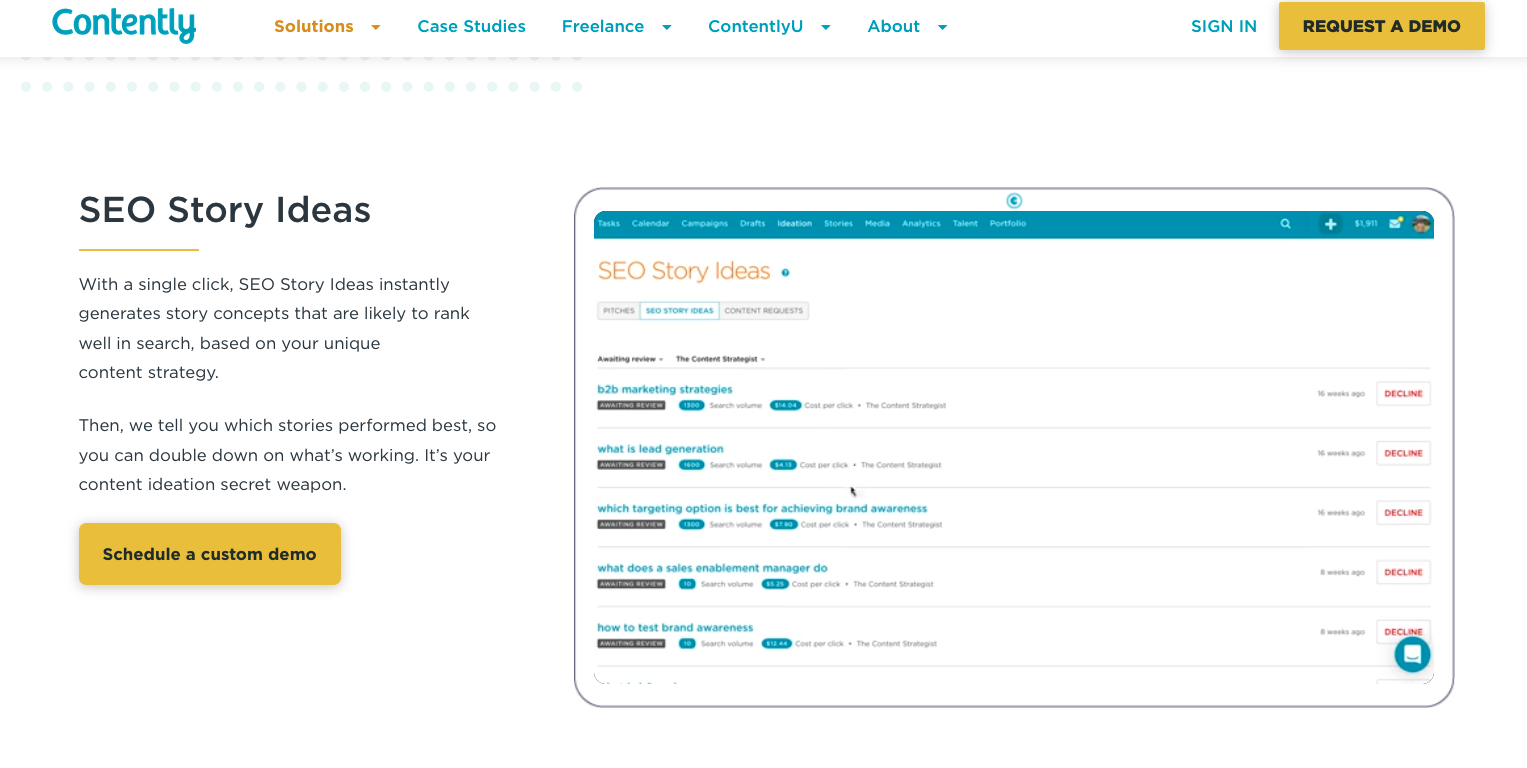[ad_1]
Do you have a story for your brand? If you’re wondering why a narrative is so important for customer engagement, you’re in the right place. To truly engage an audience, you need compelling content. Why? Effective content connects with an audience and drives customers through the buyer’s journey.
In 2021, Hubspot found that 56% of marketers who use blogs as a tool believes in their effectiveness, and 54% of decision-makers spend at least an hour every week reading and reviewing thought-leadership content. WordPress research confirms that users produced about 70 million new posts every month on a WordPress website in 2020.
And the need for content is only ramping up. That means it’s crucial to produce content that provides unique insight your competitors don’t and connects with audiences in a way that leads them to purchase your products or services.
Story as the Silver Bullet
In the book, Building a Storybrand, Don Miller puts it this way:
The story is the greatest weapon we have to combat noise because it organizes information so that people are compelled to listen.
Stories can help us quickly make connections with our readers. They can help make complicated concepts more easily understood and are way more engaging than dry data points. Stories can make boring and routine information come to life.
A Framework for Writing Compelling Stories
Before you sit down to write, whether it’s a blog, eBook, or even an infographic, you must think through the reader’s journey. Every great story has a framework; one of the most famous is the Hero’s Journey. (All great movies and books use it—think Lord of the Rings and Star Wars.)
Don Miller took the hero’s journey and identified a seven-step process to help businesses create content that keeps them at the head of the pack. Let’s look at these steps and how they can help you create compelling content that generates sales and creates lifelong fans.
1. Keep the main character in focus.
The most important part of the story is identifying the main character (the hero). It’s natural and easy to think that you’re the hero—but you’ll make a critical error if you do.
Remember, your goal is to encourage your readers to purchase your product or sign up for your service. To do that effectively, you need to make your customer the main character (or hero) and keep them front and center of your content.
If you can master this one point, you’ll be miles ahead of the competition.
And if this sounds a lot like a customer persona, you’re correct! Take a look at yours and ensure you can answer two big questions about your hero: “What do they want?” and “Why do they need us in the first place?” If you don’t regularly refer to yours or haven’t updated them recently, it’s time to give them a fresh look.
Our first response to these questions will almost always be very broad and vague. (“Harry wants to be healthier.” “We help Harry get healthy.”) But it’s crucial to be as specific and straightforward as possible when you answer these questions. (“Harry wants to lose 20 pounds for his heart health.” “We provide customized exercise and diet plans to help you achieve your health goals responsibly.”) The more clear and specific, the more readily your customer will identify with you down the road.
Geico Insurance offers a great visual of this from its homepage.
They get straight to the point with their headline, “The Insurance Savings You Expect.” The opening section of the website is clear, and you know exactly why a prospect is coming to this site: To get an insurance quote right now.
Key Takeaway: Your brand is not the hero of the story. Your customer is.
2. Identify the problem the hero needs to solve.
The second step is to clearly identify the problem the customer has. Easy peasy, right? In the healthy living example, you might think the problem is that Harry is overweight. But that’s an external problem. We need to dig deeper—customers want to solve internal problems.
Harry may be overweight. But why does he want to lose weight now? Maybe he wants to start dating again. Maybe his doctor has drawn a line in the sand. That’s internal motivation.
Internal fears and concerns drive us to action.
Miller’s framework identifies internal motivations with the following three questions:
- What’s the villain in the story?
- What are the external pain points?
- What are the internal pain points?
Using the Geico Insurance example above, we can logically guess a few things about the customer’s pain point:
- Villain: My current insurance company just raised my premium! I need a company that is more reasonably priced.
- External Pain Point: I pay too much for insurance.
- Internal Pain Point: Something has changed, like a pay cut or job loss, a new baby on the way, etc.
Companies that can successfully identify the internal pain point, express it clearly, and offer solutions to it will develop a deep bond with prospects, which leads to an increase in conversions.
Key Takeaway: Focus on the customer’s internal pain point. That’s what drives their purchasing decisions.
3. Step in as their sage mentor.
Your role in this narrative is a supporting one. When you think about it, some of the most memorable characters in a story are the guides. Remember Yoda and Gandalf? These are two unforgettable supporting characters that have endeared themselves to audiences for generations.
What do Yoda and Gandalf have in common besides their general awesomeness? They’re both empathetic and authoritative. Yes, Yoda made Luke practice in a swamp and told him to stop trying and just do it. But he was still empathetic to the hero’s plight and was confident in his ability to help Luke achieve those goals.
Your hero is online looking for answers to the problems they face. Ensure your content shows empathy for the situation while displaying your authority and knowledge of the solution.
Statistics, customer testimonials, social proofs, and business partnerships (if you’re a B2B company) can go a long way to showcase your empathy and authority to prospects.
This example from Wistia showcases their expertise through a customer story:
Key Takeaway: When you play the role of the sage mentor, you’ll do infinitely more business with customers than if you played the hero.
4. Give them a plan.
We’re not asking them to purchase just yet. Miller explains: “Making a purchase isn’t a characteristic of a casual relationship; it’s a characteristic of a commitment.”
Commitments, whether business or personal, aren’t made lightly. Before you ask your hero to hand over their money, you must build trust with them. You can do this effectively by laying out the path to success.
Here, just like the previous steps, you need to be ruthlessly clear on the path forward, especially if you’re in B2B sales where the path to purchase may take longer.
MD Financial Advisors, a company that works exclusively with doctors, lays out the path visually through infographics:
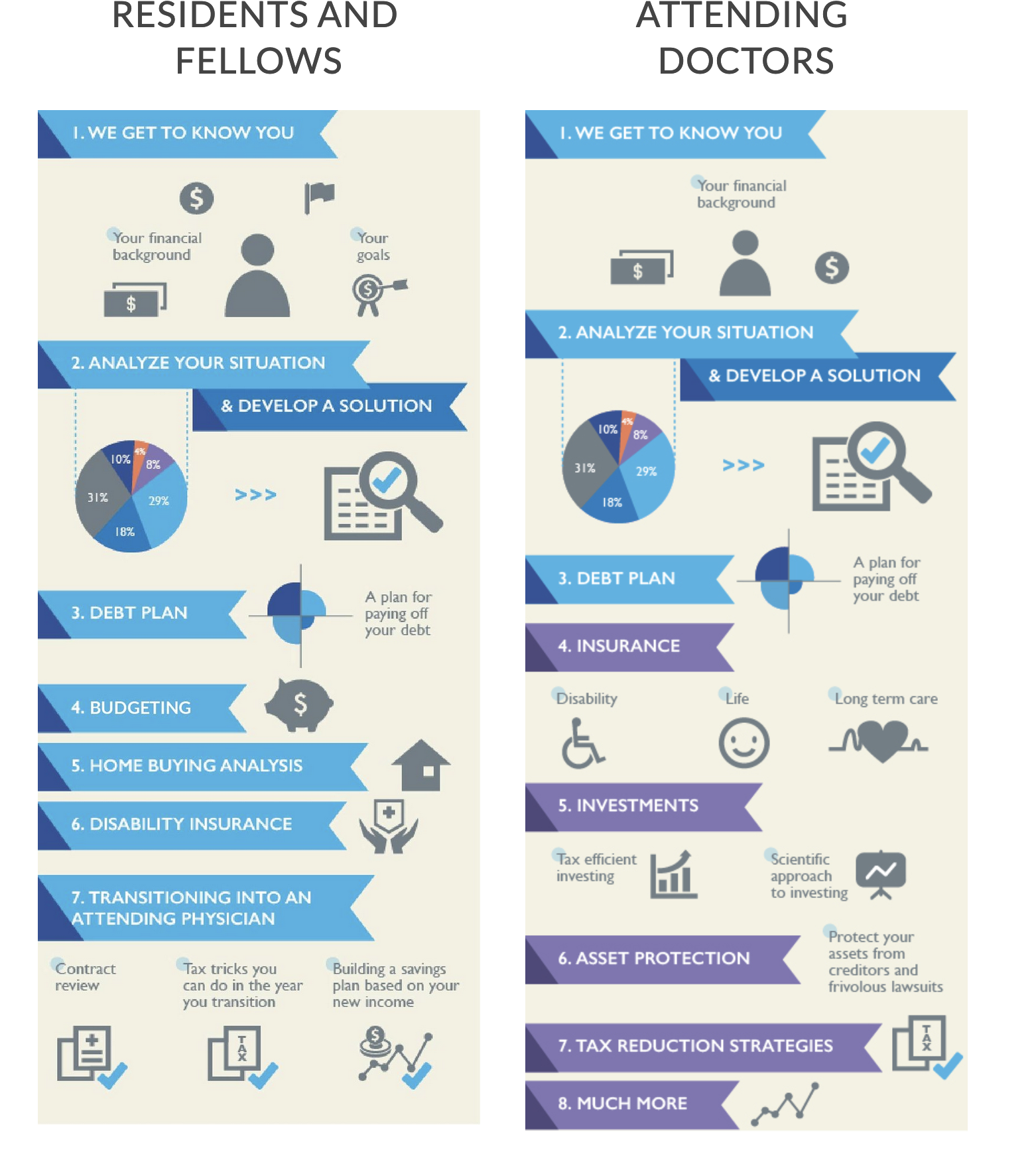
Key Takeaway: Give your customer a clear path to success. Make the process easy for them to understand.
5. Call the hero to action.
It’s here! It’s here! Now is when we clearly ask them to do business with us. Once you’ve walked them down a clear path to success, it’s time to move them from consideration to purchase.
Often, businesses aren’t as clear as they think they are when giving a CTA. Drawing it out or re-stating how important it can be to make the purchase isn’t clear.
Remember, this is a relationship with the customer. It’s time to define the relationship and put a ring on it. Be bold! You’ve got this.
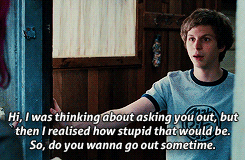
Clarity is what closes the sale. Be super specific, and tell them precisely what you want them to do. It’s not the time to beat around the bush. Think along the lines of, “Get a quote.” “Find an agent.” “Join the revolution today.”
Or, like this example from Avocados from Mexico, the call to action is “Buy avocados.”
Sometimes, they may not be ready to buy; maybe the product or service you offer is expensive. In that scenario, a clear call to action may look like “Schedule a demo” or “Call for a free consultation.”
In this example from Contently’s website, the CTA is obvious: “Request a Demo.”
Key Takeaway: Make the Call to Action clear and specific.
6. Help them avoid failure.
Think you’re done with the call to action? Not yet. You need to raise the stakes. People have a natural aversion to failure. As you craft your narratives, be sure you ask the question, “What happens if they don’t buy?”
Miller reminds us that all humans want to “achieve something good and avoid something bad.” You’ve laid out the “something good” in the path to success and the CTA. Now, you need to show them what it looks like if they don’t take action.
One of the most memorable examples is Allstate’s Mayhem character. If there is a more straightforward example of what happens if you don’t make a purchase, I can’t think of it.
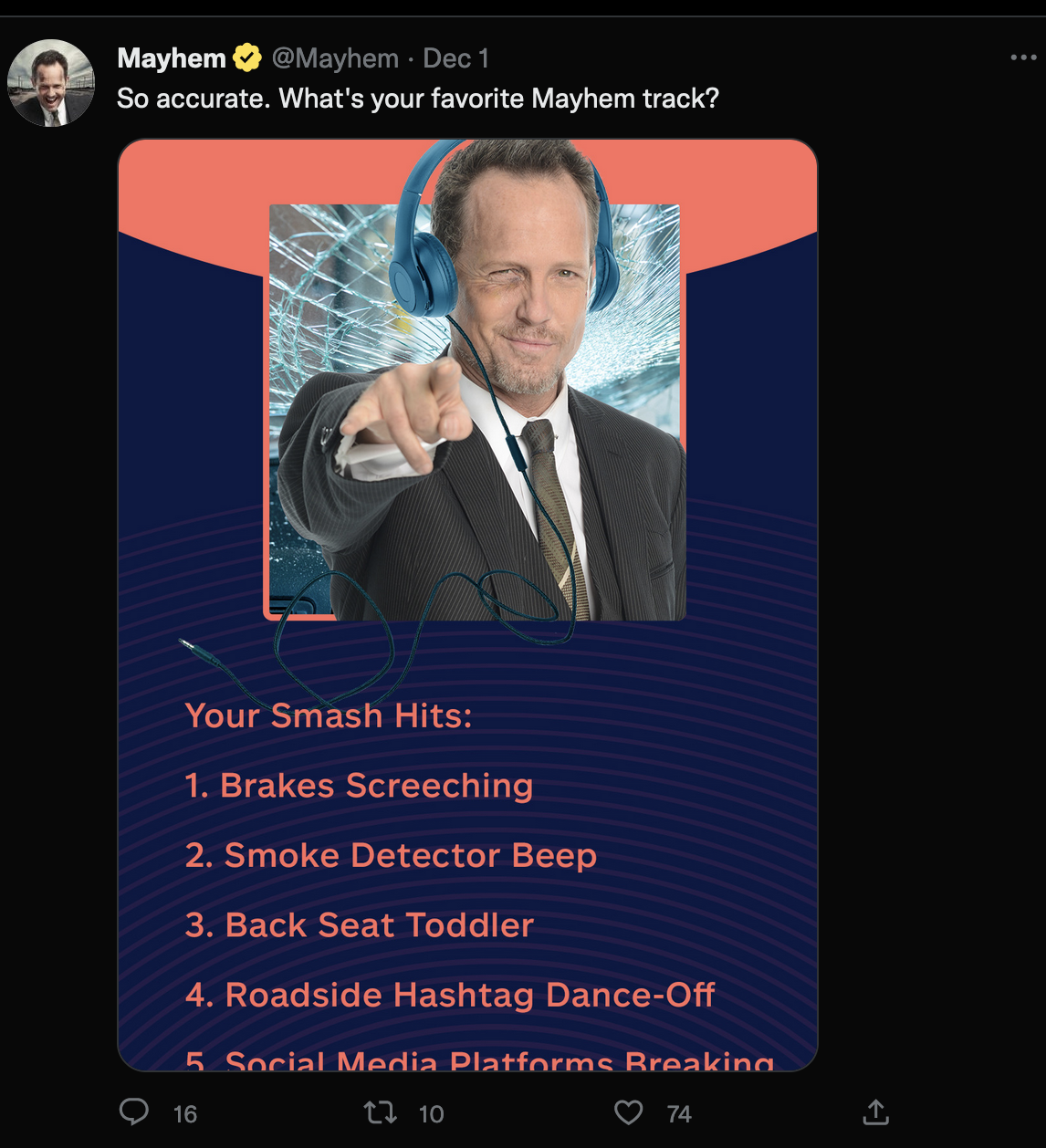
Key Takeaway: Paint a clear picture of what life will be like if they don’t buy your product.
7. End in success.
As you bring your compelling narrative to a close, it’s time to show them what life will be like after they purchase. You’ve shown them the alternative if they don’t buy (cue Mayhem); now show them their reward for purchasing.
Like every other step in this journey, you need to be very clear and specific.
This is your final moment with your customer. You can’t afford to be vague. Paint a visual. JFK didn’t compel the nation with a call to build a highly-effective space program. He said, “We’re going to put a man on the moon.”
Sometimes the most compelling way to say this is through visuals. The hero image on the Marriott homepage is aspirational and paints a picture of what life is like when you book your hotel with them. (I may or may not be packing a bag right now.)
Key Takeaway: Close the story with a clear picture of what life is like after they purchase your product or service.
Narrative Stories Drive Conversion
Customers are constantly looking for solutions to their problems. (8.5 billion searches are made every month.) To stand out from the crowded internet, you need a message so focused that it cuts through the clutter and speaks (quite literally) to the heart of the buyer.
When we utilize narrative frameworks to craft our content, we shift the focus off us and onto our customers. That seemingly subtle shift can pay dividends for the life of your business. Why? When you offer solutions to problems, you offer transformation.
And transformation is powerful. It’s changing someone’s life—even with something as simple as a comfortable running shoe. This creates brand loyalty. Why? You swooped in like Yoda and showed them a clear path forward. Now that you’ve created a solid customer relationship, you also have a brand advocate who will bring new prospects to your company.
Learn how Contently can help your business succeed at content marketing and drive the results you want.
Image by
Mikhail Seleznev
[ad_2]
Source link


